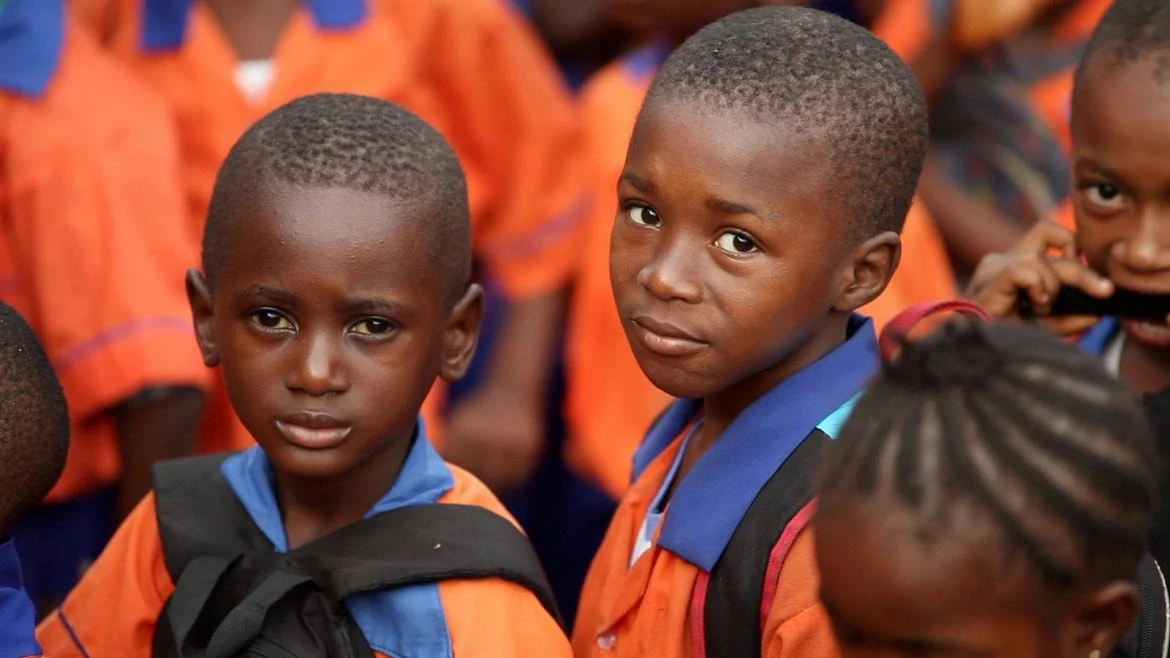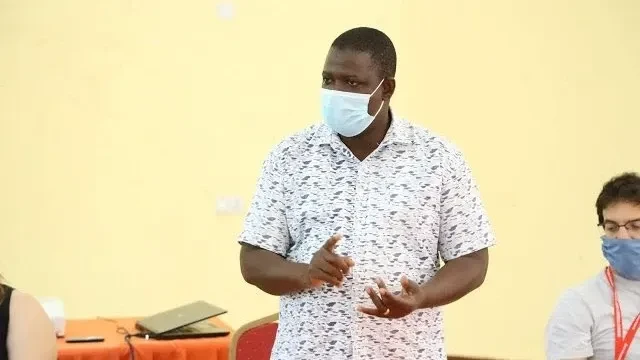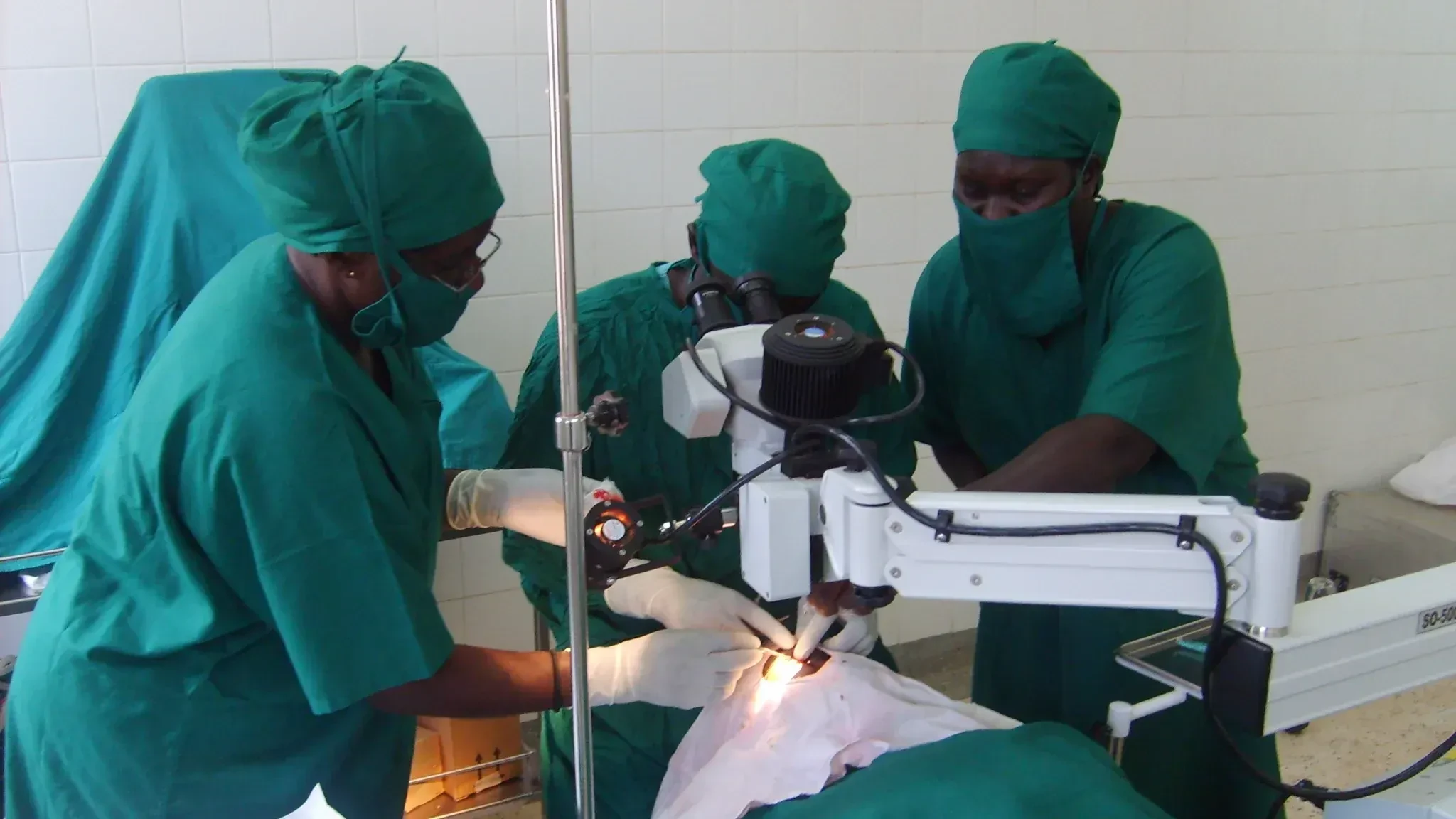Incomplete immunisation is surely a time bomb for so many children

A NEW report has warned that thousands of Tanzanian children remain vulnerable to various life-threatening diseases owing to incomplete immunisation with the recommended vaccine.
The idea is that the vaccine is intended to contain viruses relating to five diseases that commonly attack infants and under-five children. It is said that there is a specific method in which the vaccine is taken – in three steps – with failure to complete the dose posing danger as the viruses might avoid the trap and regroup in the body.
Researchers at the Ifakara Health Institute were last week busy profiling a study they conducted in partnership with the World Health Organisation. The vaccine in question provides protection against diphtheria, pertussis (whooping cough), tetanus, hepatitis B and Haemophilus influenza type B – which can cause severe infections such as meningitis.
It is in a sense a unified formula that enables countries to put aside burdens of vaccinating for a whole series of diseases each on its own. Experts say each of the five diseases is sufficiently a threat on life and wellbeing; fortunately, a formula is discovered to vaccinate all at once.
The research dates back to 2019 but has only recently been published in the journal Vaccines, where it exposes a concerning shortfall in vaccine completion that compromises child health across the country.
The findings show that while most children begin the vaccination process, not all complete it, leaving them vulnerable to entirely preventable diseases. In conducting the research, the field survey sought out 403 caregivers of children aged between 12 and 23 months, finding that 91.5 per cent of the children received the first dose of the vaccine.
A preponderant 89.4 per cent completed the full three-dose schedule, thus showing a national dropout rate of 2.3 per cent, hence the cause for concern. The main presenter was insistent that, while this figure may appear small, it represents a significant number of children unprotected against serious illness when scaled across the population.
Equally important was an observation on notable regional differences, as in Zanzibar the dropout rate was just 0.9 per cent compared to 2.4 percent on the mainland Tanzania. The researchers explained the figures in terms of disparities in access, healthcare delivery or awareness in the regions.
There is likely to be some dispute on research pencilling of factors behind the reported failure to complete vaccination schedules, with the study saying children from poor households were significantly less likely to complete all three doses.
The findings consider and evaluate indirect costs such as transportation to health centres, which to an onlooker looks plausible only if the threat to health and even to life is not appreciated. This is borne out by another finding that wasn’t elaborated upon – whether the fact of whether the primary caregiver was male or female influenced vaccine completion rates.
It is easy to see female caregivers taking the so-called trouble of completing the dose, with males often unsuitable as caregivers. In a social context, this implies that mothers and even auxiliary caregivers are likely to be concerned about completing the dose than women with minimal attachment to the children or infants.
The latter women may not do more than what men are likely to tell them when they aren’t taking care of their proper children. By such extrapolation, this suggests that children isolated from their mothers at an early age are likely to be neglected when it comes to vaccine doses. It makes a lot of sense – and calls for appropriate action.
Top Headlines
© 2025 IPPMEDIA.COM. ALL RIGHTS RESERVED

















